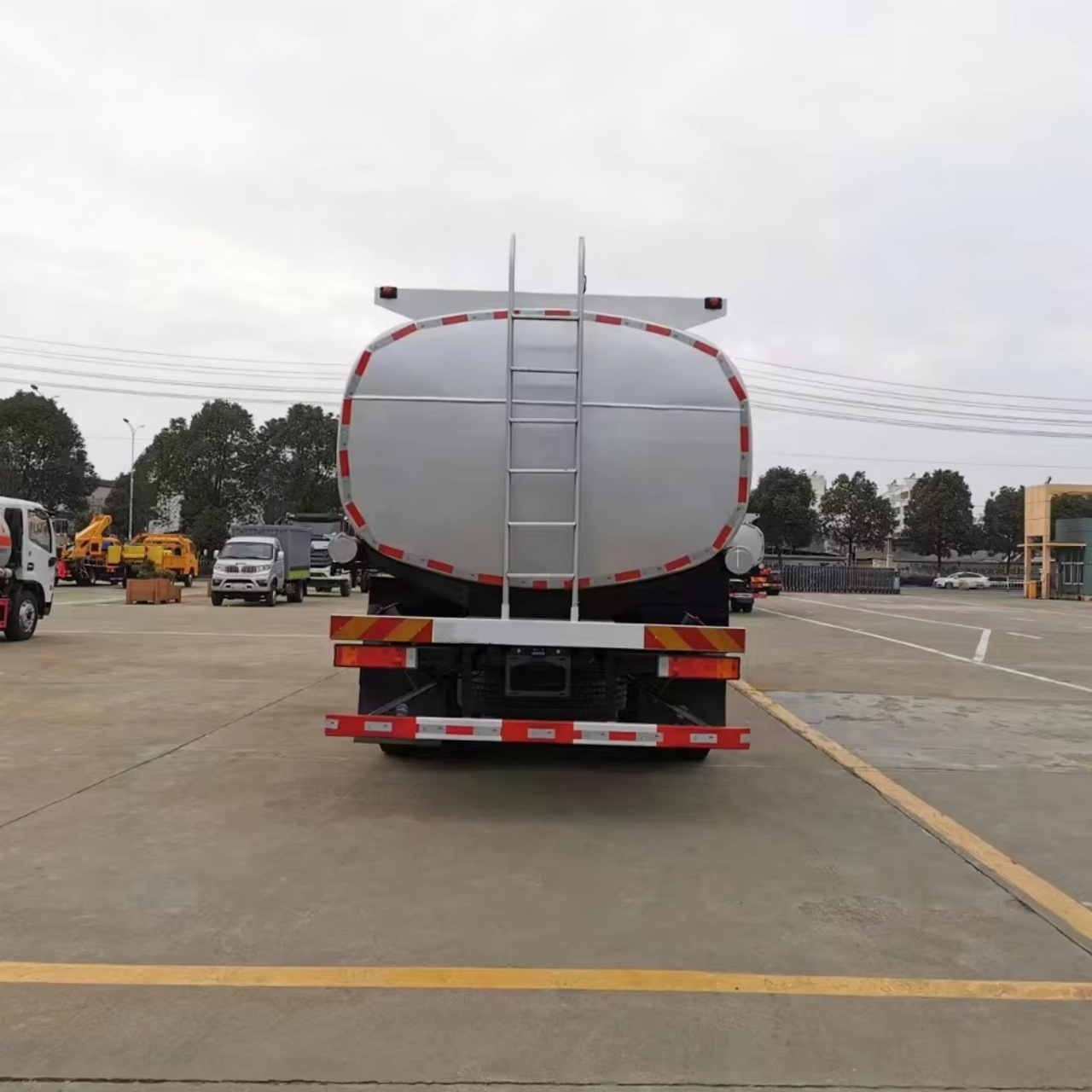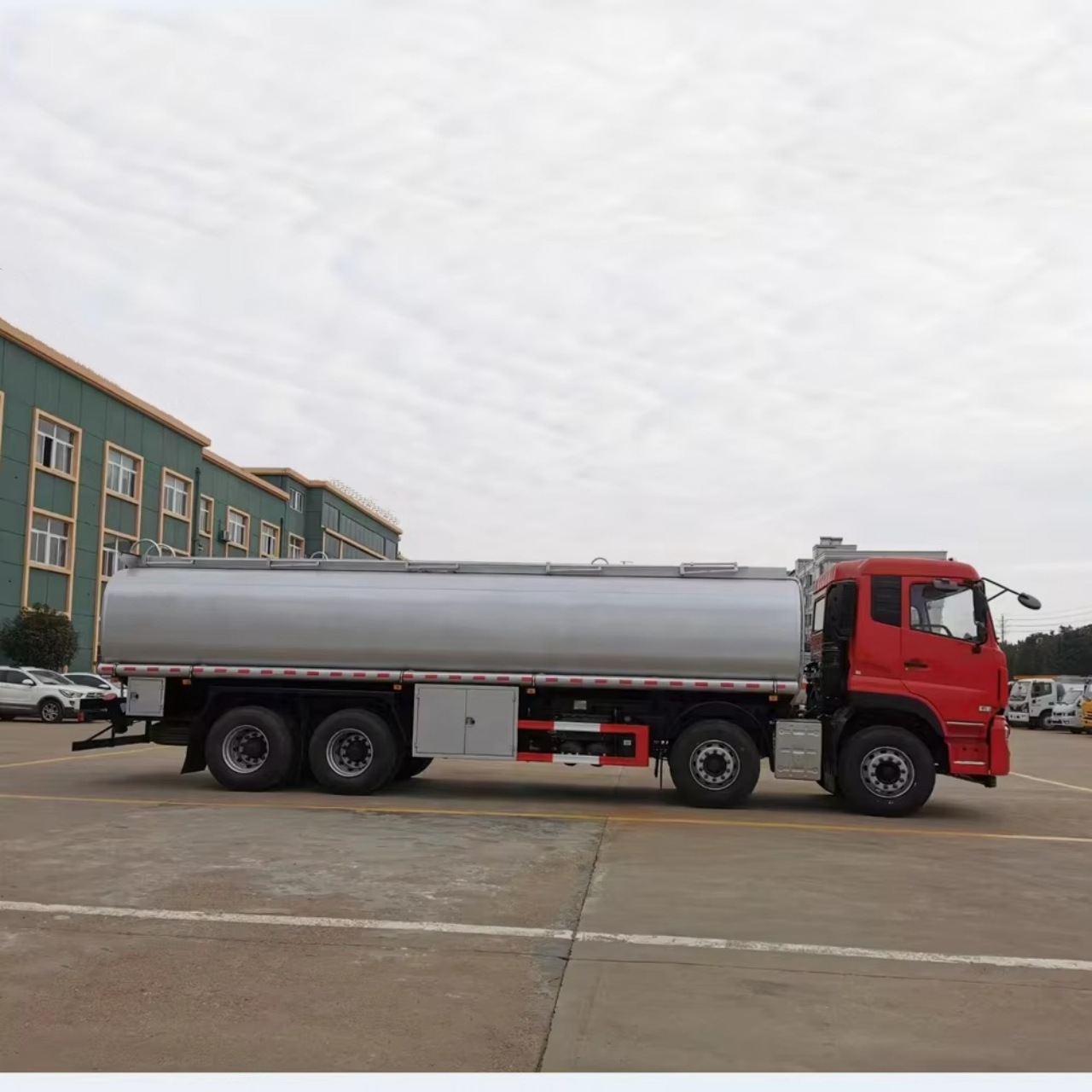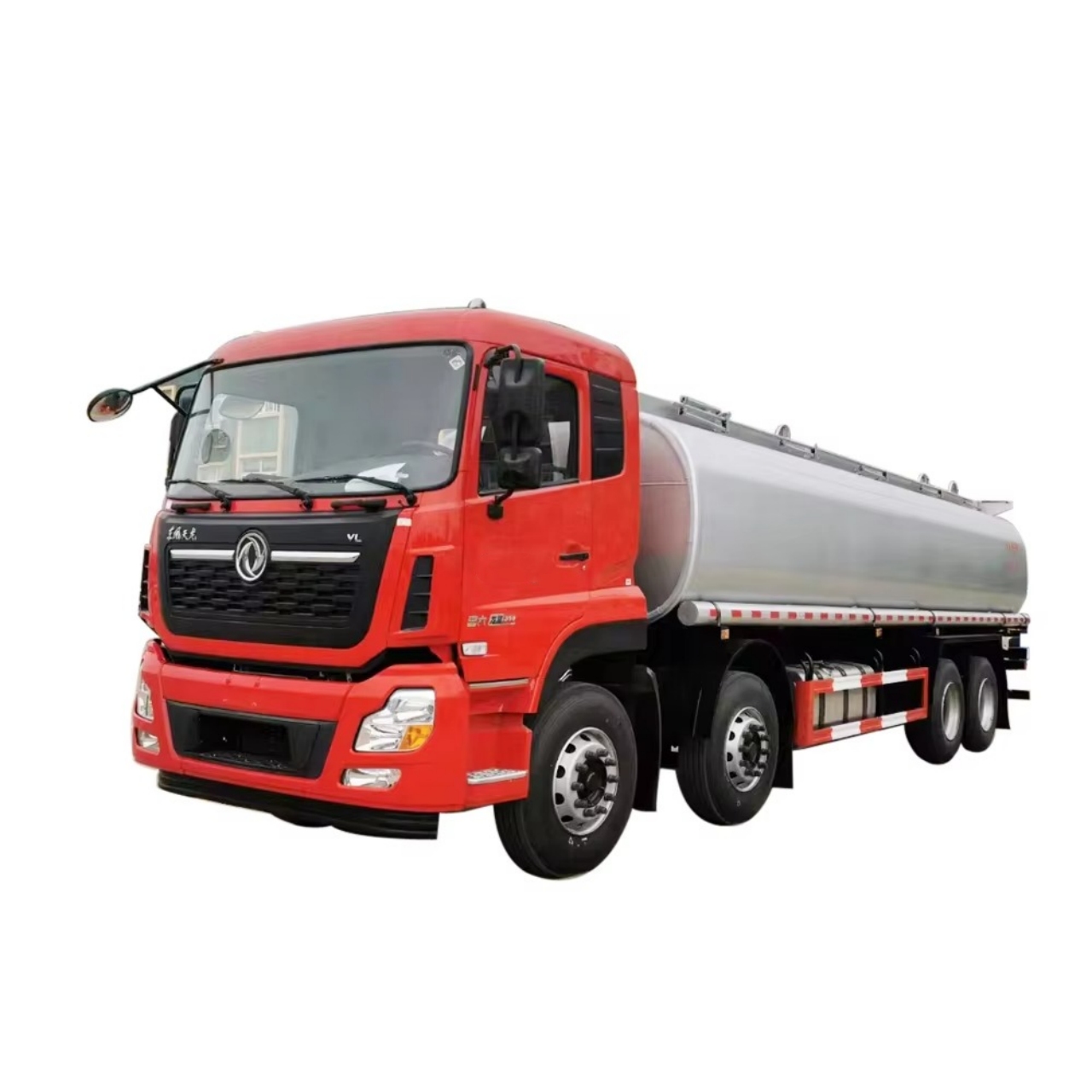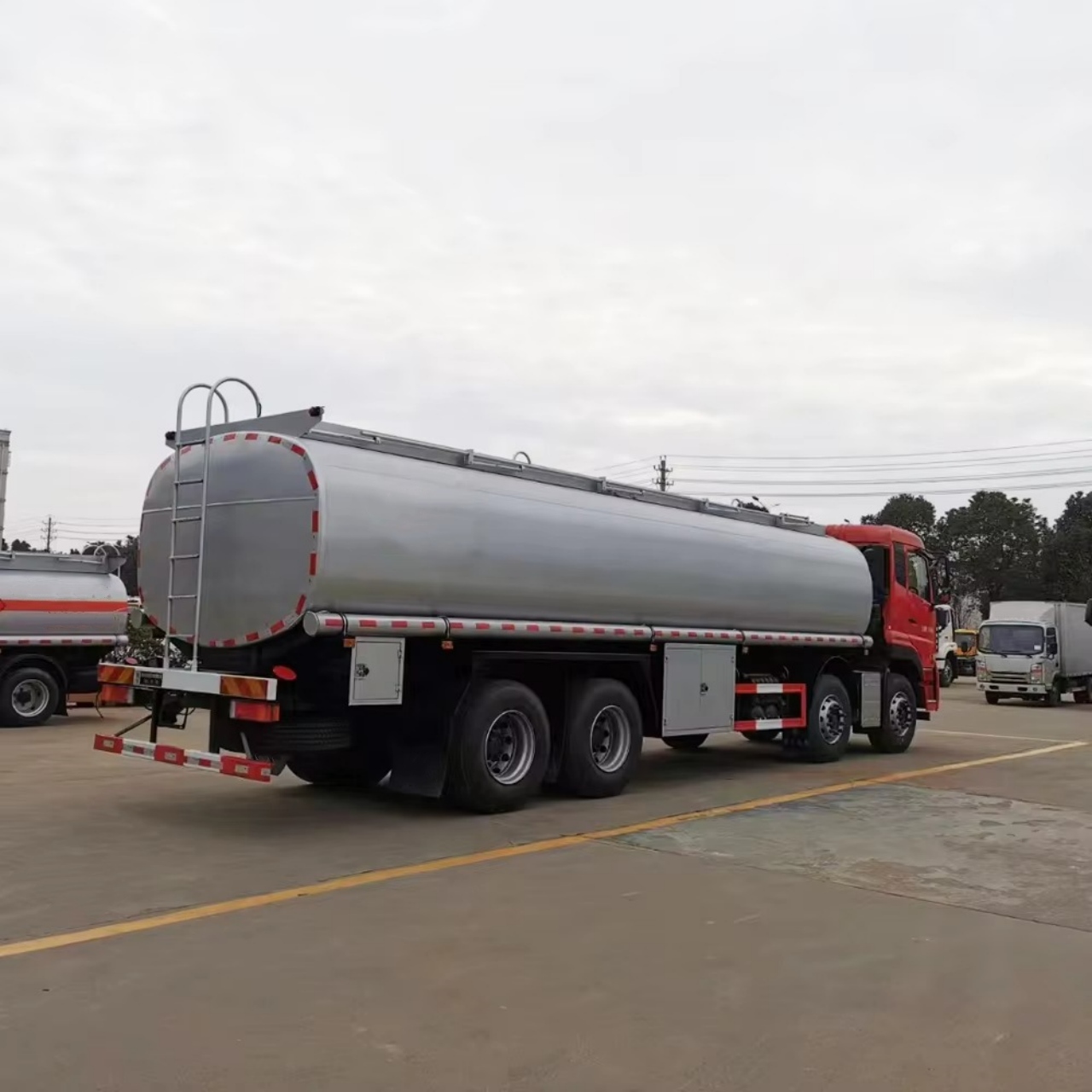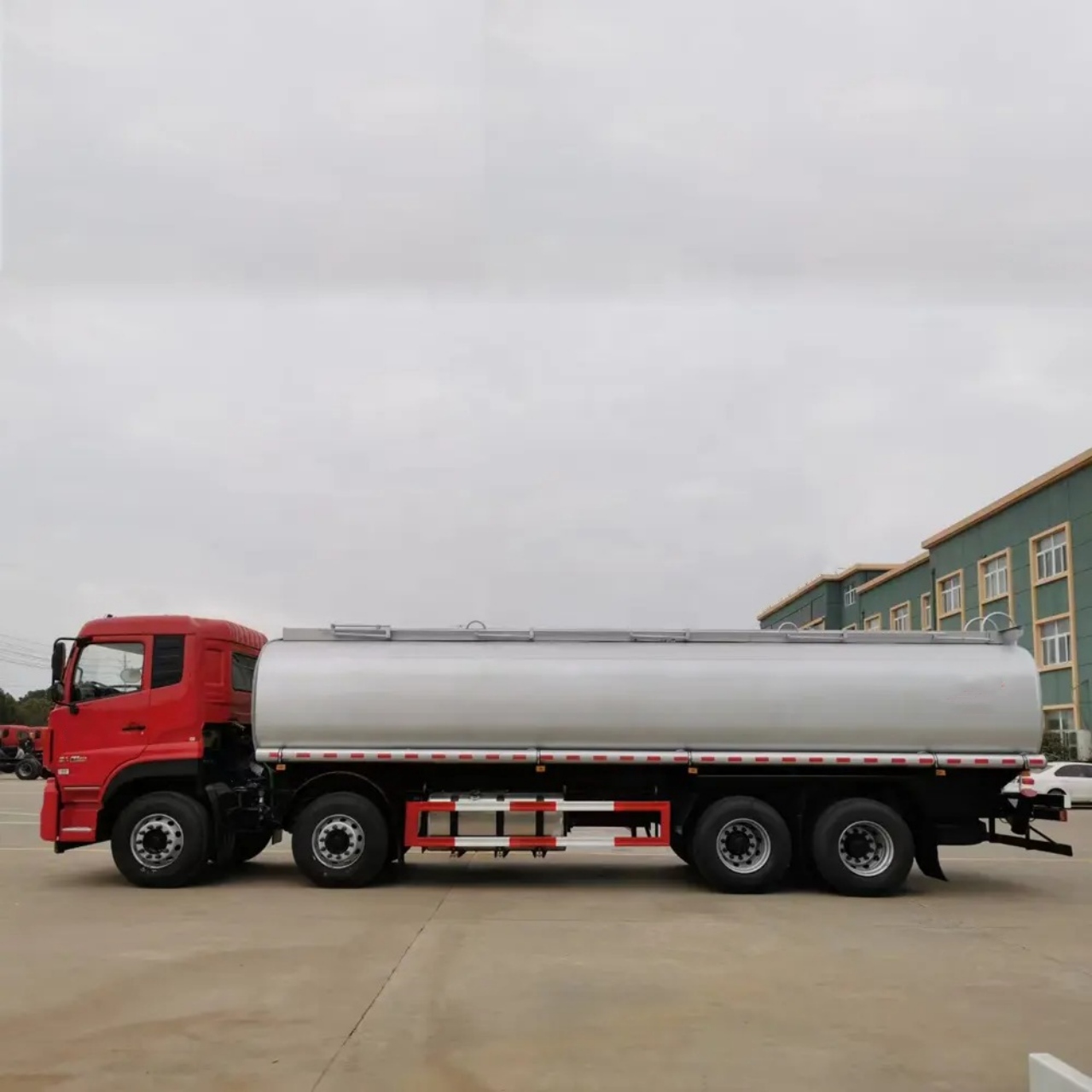Chemical delivery tankers play a crucial role in the global supply chain, safely transporting a wide range of hazardous and non-hazardous chemicals used in industries such as manufacturing, agriculture, pharmaceuticals, and energy. One of the most common questions asked about these specialized vehicles is: How big is a chemical delivery tanker? The answer varies depending on several factors, including the type of chemical being transported, regulatory requirements, and the mode of transportation (road, rail, or sea). In this article, we’ll explore the different sizes of chemical delivery tankers, the design factors that influence their capacity, and how these tankers are used in practice.
Types of Chemical Delivery Tankers
Chemical tankers come in different forms, including:
- Road Tankers (Truck-Mounted)
- Rail Tank Cars
- Marine Chemical Tankers (Ships)
Each type has its size specifications and is designed to suit specific delivery needs.
Road Chemical Tankers
Road tankers are among the most common types of chemical delivery vehicles. These are typically used for regional and local distribution, especially where direct delivery to industrial plants or facilities is required.
Size and Capacity
- Length: Between 8 to 14 meters (26 to 46 feet)
- Width: Around 2.5 meters (8.2 feet)
- Height: Varies, but usually under 4 meters (13 feet) to comply with road regulations
- Capacity: Ranges from 10,000 to 35,000 liters (2,640 to 9,250 gallons)
Small tankers of 10,000 to 15,000 liters are often used for specialized or regional deliveries, while large-capacity tankers (up to 35,000 liters) are more common for bulk transportation across longer distances.
Tank Compartments
Chemical tankers often feature multiple compartments within the same tank, allowing them to carry different chemicals simultaneously without mixing. This is especially useful for chemical distributors serving multiple clients with varying chemical needs.
Rail Tank Cars
Rail transportation is typically used for long-distance delivery and bulk transport of chemicals, especially in regions with extensive rail networks such as North America and Europe.
Size and Capacity
- Length: Between 15 to 21 meters (50 to 70 feet)
- Diameter: Around 3 meters (10 feet)
- Capacity: Ranges from 60,000 to 130,000 liters (15,850 to 34,340 gallons)
Rail tank cars can carry much larger volumes than road tankers, which makes them more cost-effective for long-haul shipments. They are typically used for transporting high-volume chemicals like acids, solvents, and petroleum-based products.
Marine Chemical Tankers
Marine tankers are the giants of chemical transportation, used for intercontinental shipping. These tankers are designed to meet stringent international safety regulations and are often built with stainless steel tanks to resist corrosion from aggressive chemicals.
Size and Capacity
- Length: Varies widely, typically from 130 to over 230 meters (427 to 755 feet)
- Deadweight Tonnage (DWT): Between 5,000 to 50,000+ tons
- Capacity: 6,000 to over 40,000 metric tons of chemicals
Large chemical tankers may contain dozens of segregated cargo tanks, each with its own pumping and heating systems to maintain product integrity.
Factors Influencing the Size of a Chemical Tanker
1. Type of Chemical
The properties of the chemical, such as volatility, corrosiveness, or reactivity, play a major role in determining how the tanker is designed and sized. For example:
- Corrosive chemicals like sulfuric acid require specially lined tanks or tanks made from stainless steel.
- Flammable chemicals may require pressurized and insulated tanks.
2. Regulatory Requirements
Governments impose strict safety and size regulations on chemical transportation. For example, in the United States, the Department of Transportation (DOT) sets the maximum gross vehicle weight limit for trucks at 80,000 pounds (36,287 kg), which indirectly limits how much chemical a tanker can carry.
3. Delivery Infrastructure
Access to roads, bridges, and terminals may impose additional limitations. Tankers must be able to safely navigate loading docks, highways, tunnels, and customer facilities.
4. Operational Considerations
Operators may choose smaller tankers for local distribution to allow for easier maneuverability and quicker delivery times. Conversely, larger tankers are used to reduce the cost per unit of volume transported over longer distances.
Special Features of Chemical Tankers
Besides size, chemical tankers come equipped with several specialized features, including:
- Temperature control systems for chemicals that need to be heated or cooled.
- Pressure systems are used to allow for the safe unloading of pressurized chemicals.
- Safety relief valves, fire suppression systems, and spill containment features.
- Real-time monitoring using IoT sensors to track temperature, pressure, and location.
These features ensure that even large quantities of hazardous chemicals can be transported safely and efficiently.
Examples of Real-World Chemical Tankers
1. Road Tanker – Sulfuric Acid Transport
A standard 30,000-liter road tanker made of stainless steel is used to transport sulfuric acid. It includes corrosion-resistant linings and a spill containment system.
2. Rail Tank Car – Ethanol Distribution
A 100,000-liter rail tank car carries ethanol across state lines. It’s built with insulation and pressure relief systems due to ethanol’s flammability.
3. Marine Tanker – Global Methanol Shipping
A 45,000 DWT marine chemical tanker carries methanol from production facilities in the Middle East to industrial consumers in Asia. The ship has 40 segregated tanks and advanced inert gas systems to prevent explosions.
Conclusion
So, how big is a chemical delivery tanker? It depends. Road tankers may carry up to 35,000 liters, rail cars up to 130,000 liters, and marine tankers millions of liters. The size and design are dictated by chemical properties, safety regulations, delivery logistics, and economic efficiency. Whether navigating narrow city roads or crossing vast oceans, chemical tankers are marvels of engineering designed to move vital substances safely from one point to another.
Understanding the scale of these vehicles not only gives us an appreciation for their complexity but also highlights the importance of safety and precision in chemical logistics.
